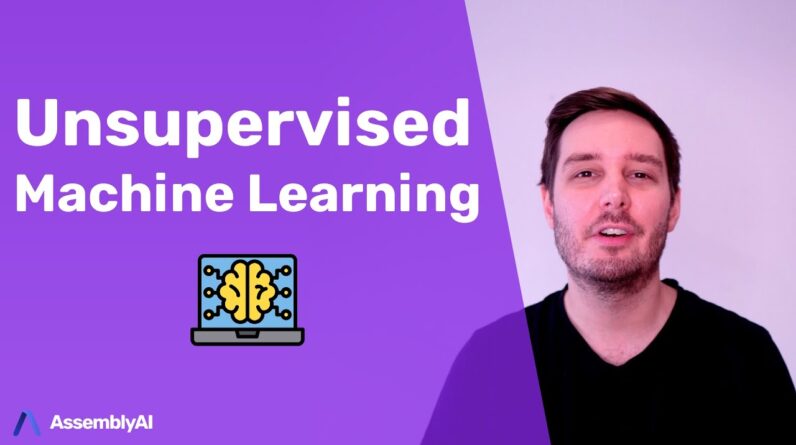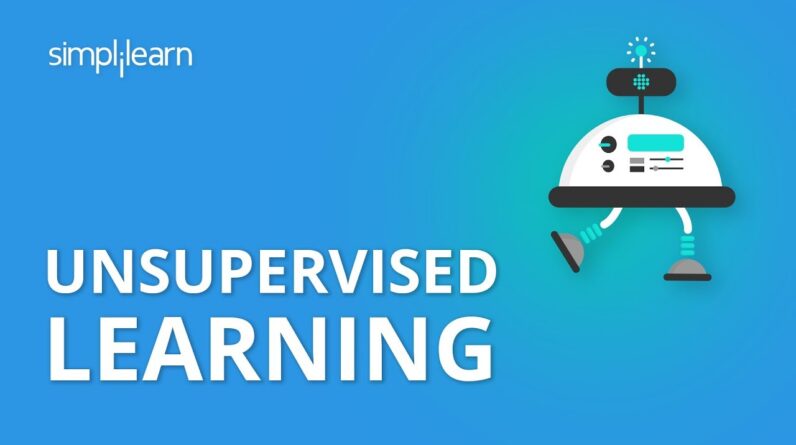Welcome to this beginner’s guide by Simplilearn on understanding the basics of supervised learning in machine learning. In this post, we will delve into the fundamentals of supervised learning, a vital aspect of machine learning, and explore the different types of supervised learning techniques. Whether you’re entirely new to the field or looking to refresh your knowledge, this guide will provide you with the necessary information to get started with supervised learning. So, let’s dive in and discover the exciting concepts and applications of supervised learning!
Understanding the Basics of Supervised Learning in Machine Learning: A Beginner’s Guide by Simplilearn
Introduction
Machine Learning (ML) is an evolving branch of Artificial Intelligence (AI) which is focused on the development of systems that can learn from, analyze, and make decisions on their own. One of the key subfields in machine learning is supervised learning, which is the process of teaching a model to make predictions or decisions based on labeled datasets. In this article, we will discuss the basics of supervised learning in machine learning.
What is Supervised Learning?
Supervised Learning is a machine learning technique in which a model learns the relationship between input data and output data by training on labeled data. The labeled data is a set of input-output pairs that help the model learn how to make accurate predictions or decisions when presented with new, unseen data.
Types of Supervised Learning
There are two main types of supervised learning:
Regression
Regression is a type of supervised learning where the goal is to predict a continuous or quantitative output variable from one or more input variables. Some examples of regression include predicting the price of a house based on its features or predicting a person’s weight based on their height and age.
Classification
Classification is a type of supervised learning where the goal is to predict a discrete or qualitative output variable from one or more input variables. Some examples of classification include predicting whether an email is spam or not spam, or predicting whether a medical image contains a tumor or not.
Steps in Supervised Learning
Supervised learning involves the following steps:
1. Data Collection
The first step in supervised learning is collecting relevant data that will be used to train the model. The data should be labeled and high quality, the more data the better for accurate learning.
2. Data Preprocessing
The collected data usually need cleaning as modeling can only learn from clean datasets. Necessary pre-processing steps include: removing duplicates, handling missing values, feature scaling, and normalization.
3. Split data
After pre-processing the data, it’ll be good to split the dataset into 2 sets: a training set and a validation set. Majority of data goes to the training set while the smaller validation set is used for testing one model against the other to check for accuracy.
4. Model Selection
After the data is preprocessed it’s best to pick a machine learning algorithm that can suite the issue at hand.
5. Model Training
Once the model with proven to be of best use by the selection stage, next is training the model using the training data to learn
6. Model Evaluation
After being trained, the model is tested on the validation set data and performance metrics can be calculated and compared with other models.
7. Model Optimization
Finally, if the performance metrics of the model are not up to expectations, the model optimization algorithm can then be triggered to adjust the parameters of the model and improve the performance.
Importance of Supervised Learning in Machine Learning
Supervised Learning is an essential concept in machine learning as it has diverse applications in various fields such as healthcare, finance, image recognition, and natural language processing.
Conclusion
One can not underestimate the importance of supervised learning. This article provides a beginner’s guide to the basics of supervised learning and its importance in machine learning. The success of any supervised machine learning model depends on the quality and quantity of data, the choice of machine learning algorithm, and the model’s parameter tuning.
FAQs After the Conclusion
Q1. How do you choose the best machine learning algorithm for supervised learning?
Answer: The best algorithm for supervised learning depends on the problem you want to solve, the data you are working with, and other model specifications such as model complexity and interpretability.
Q2. What are some common examples of regression problems in supervised learning?
Answer: Predicting house prices, predicting stock prices, and predicting weather patterns, are some common examples of regression problems in supervised learning.
Q3. What are some common examples of classification problems in supervised learning?
Answer: Spam email classification, disease diagnosis, credit risk analysis, and face recognition, are some common examples of classification problems in supervised learning.
Q4. What is the importance of data preprocessing in supervised learning?
Answer: Data preprocessing is the foundation of supervised learning as the quality of the input data will directly impact the performance of the machine learning model.
Q5. How is the performance of supervised learning models evaluated?
Answer: Performance metrics such as accuracy, precision, recall, F1 score, and area under the curve (AUC) are commonly used to evaluate the performance of supervised learning models.






